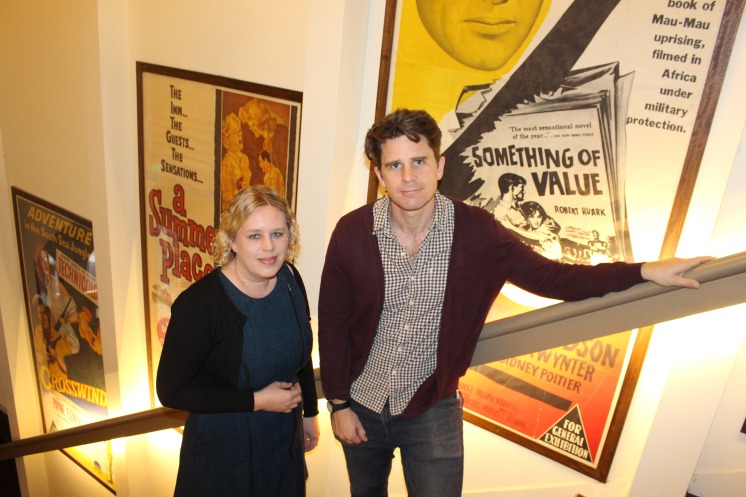The response of Australian cinemas to the pandemic has inspired new research from the Queensland University of Technology (QUT) about the connection between audiences and the big screen experience.
Dr Ruari Elkington and Dr Tess Van Hemert have received funding through the institution’s Digital Media Research Centre Grant Development Support Scheme to further develop Resilient Screens: Investigating the value of Australian Cinema Exhibition into an Australian Research Council Linkage application.
The pair began working on the project early last year after seeing a blog post from Palace Cinemas about the closure of cinemas due to COVID.
Entitled The Cinema: Why we love it, the post reflected on the act of going to the movies while providing reassurance that the industry would survive the challenges stemming from the pandemic.
Elkington said it was Palace’s articulation of cinema’s value for an audience when they didn’t know when they would see them again that had drawn their interest.
“It’s really something that has been a constant in our cultural lives, so the fact that they did shut was something curious and interesting for us to follow as cinema researchers,” he told IF.
“In addition to finding different ways to maintain a connection, cinemas were also forced to do a bit reflective work. They started to talk about why cinemas are important and why we value the experience of cinema.
“Also, to what degree first-release films might be important because older films began to be considered when there was that drying up of new content as a result of the pandemic.”
The struggles of cinemas across the pandemic period have been well documented, with many independent cinemas reporting losses of up 70 per cent.
Businesses have also had to navigate the pre-pandemic threat of streaming services, some of which they are now forced to share release schedules with.

Elkington said the historical ability of cinemas to maintain a connection with audiences when challenged had been demonstrated in the “interesting and innovative” responses to the shutdown.
“The kind of things we saw ranged from cinemas using an Uber Eats model to deliver products from the candy bar through to the creation of new content, as seen in the Palace Cinemas podcast, as well as the interviews and blog posts from Cinema Nova,” he said.
“Perhaps most impressive was cinemas entering into agreements with distributors and getting an off-the-shelf model to be able to stream some of the titles they had to audiences through a one-off payment.
“We also had a lot of drive-ins spring up, as well as outdoor options for cinemas.”
Going forward, Elkington and Van Hemert aim to investigate overseas examples of cinema resilience, like the work of the UK’s Independent Cinema Office, as well as co-develop new strategies for the sector with industry partners such as the Brisbane International Film Festival (BIFF) and Australia’s Independent Cinemas Australia.
Newly appointed BIFF Director, Emily Avila, said the research had the potential to provide greater insight into the everchanging needs of audiences.
“This DMRC research, led by Dr Elkington and Dr Van Hemert, will enhance BIFF’s understanding of our audience on new and deeper levels, enabling us to build on their findings over the next three years to deliver the cinema experiences that our audiences are most keen to receive,” she said.
Elkington said they would continue to examine the ways in which cinema businesses perceived their value to the Australian public.
“Cinema does remain one of our most popular cultural engagements but there are so many competing forms at this time, as well as uncertainties about people being able to go around and visit cinemas, that I think research that partners with the industry really enables researchers like ourselves to ask the questions of why we value cinema and what it would like if cinema vanished overnight,” he said.
“Would we just care about the loss of content, or would it be something more intangible like the experience of going to a cinema and the social aspect of it as a place of connection?”


